One of Alexandria’s favorite touristic spots and home to a plethora of antiquities, the Graeco-Roman museum has finally reopened its doors after almost 18 years of restoration and expansion work.
The opening, which was announced on the Ministry of Tourism and Antiquities’ Facebook page, was attended by Prime Minister Mostafa Madbouly, Minister of Tourism and Antiquities Ahmed Eissa, the Minister of Local Development Hisham Amna, Minister of Environment Yasmine Fouad, the Minister of Culture Nevine El-Kilani, and the Governor of Alexandria Mohamed El-Sherif. Notable attendees also included Dr. Mostafa Waziri, head of the Supreme Council of Antiquities (SCA) as well as the ambassadors of Greece and Cyprus to Egypt.
“This museum is a new institution added to Egypt’s tourism map and an achievement within the state’s plan to revive archaeological areas and headquarters,” stated Mabdouly.
“The development of the museum was aimed to amplify the enlightening message of one of the most important and greatest museums in the entire Mediterranean basin; [it also aims] to attract a larger number of visitors,” added Eissa.
Conceptualized in 1889, only to open its doors a few years later, the museum now houses 10,000 artifacts. On 1 June 1892, the museum was opened to the public, only to be closed in 2005 to completely revamp and expand the edifice under governmental supervision. It was originally meant to preserve Alexandria’s artifacts and safeguard them from deterioration.
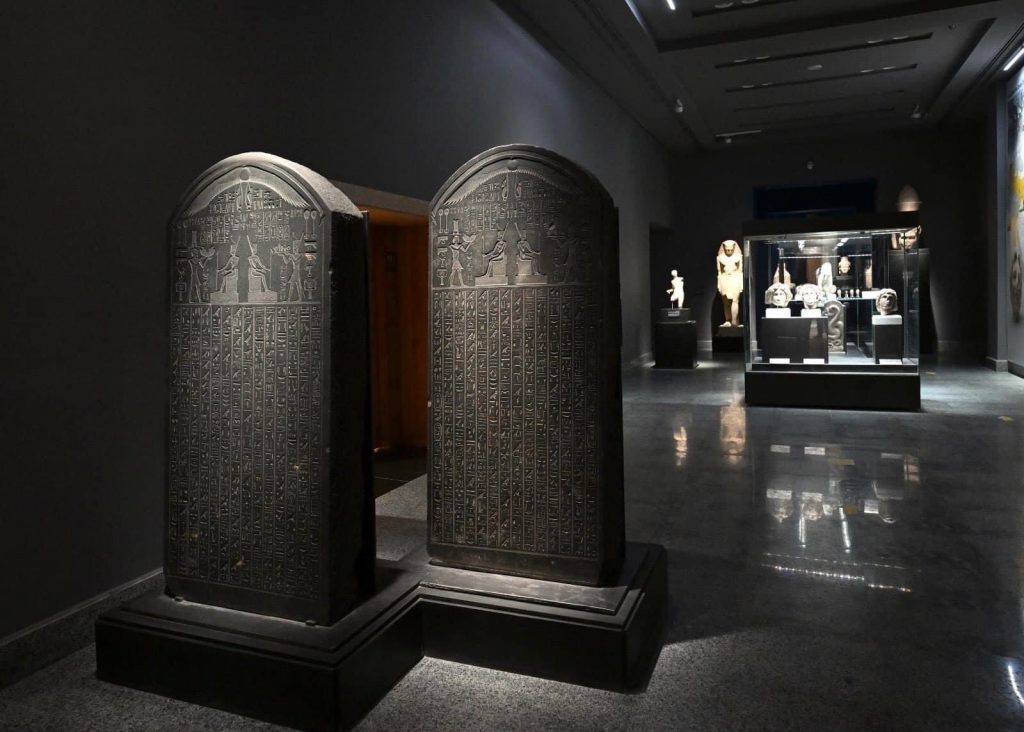
The renovation work of the museum preserved its facade, which resembles Roman facades. Moreover, the overhaul included repairing and stabilizing the building’s structure, upgrading exhibition spaces, and implementing advanced climate control systems to protect the invaluable antiquities from any further damage.
Today, the museum spans over 25 galleries and exhibition halls covering themes from the Greek and Roman eras until 641 AD. Divided into ground and upper floors, the museum exhibits statues of Alexander the Great, and Ptolemaic rulers as well as Tanagra statuettes. It also tackles themes such as everyday life in Roman Egypt, religious life —combining the beliefs of Egyptians and ancient Greeks—, the Crocodile temple, science, the afterlife, Byzantine and Coptic art, as well as retrieved artifacts from underwater.
Visitors have the opportunity to witness a newly curated collection including statues, mosaics, jewelry, pottery, and coins on display. These artifacts provide a glimpse into the fusion of Greek and Egyptian culture that flourished in the city of Alexandria, during its long history.
For years, and in a bid to attract more touristic visitors to Egypt, Egypt’s government has been steadily renovating its archeological and cultural heritage monuments. Recent renovations included the Ben Ezra Synagogue, the Suleiman Pasha Al-Khadim Mosque, and Djoser’s pyramid in Saqqara, among many other sites and monuments.
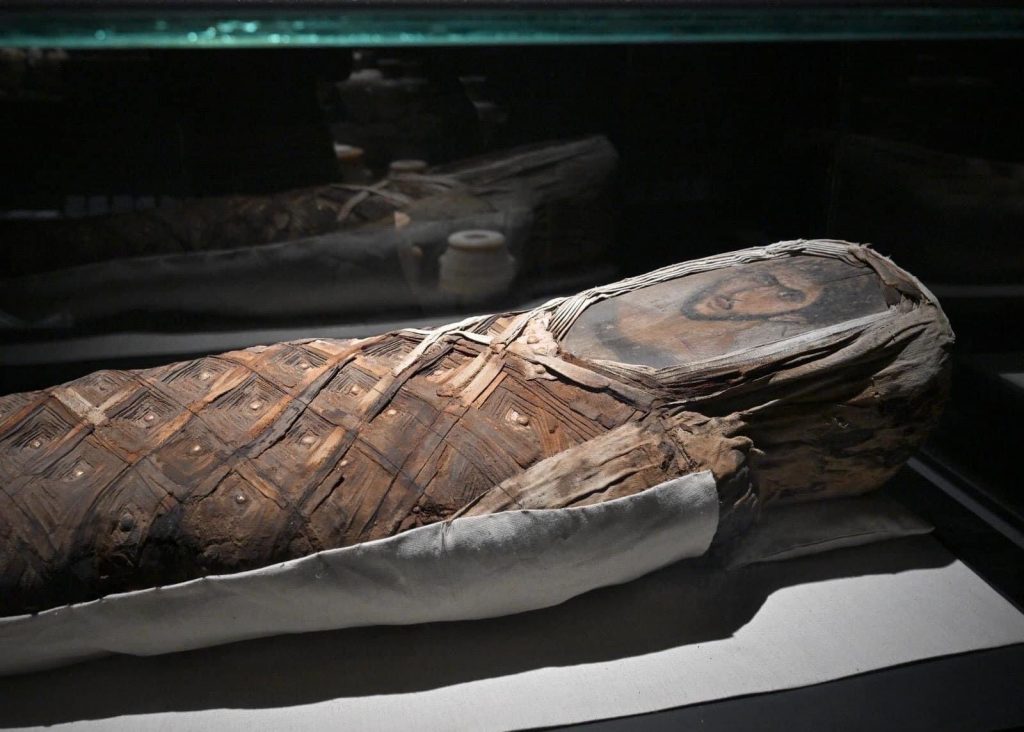
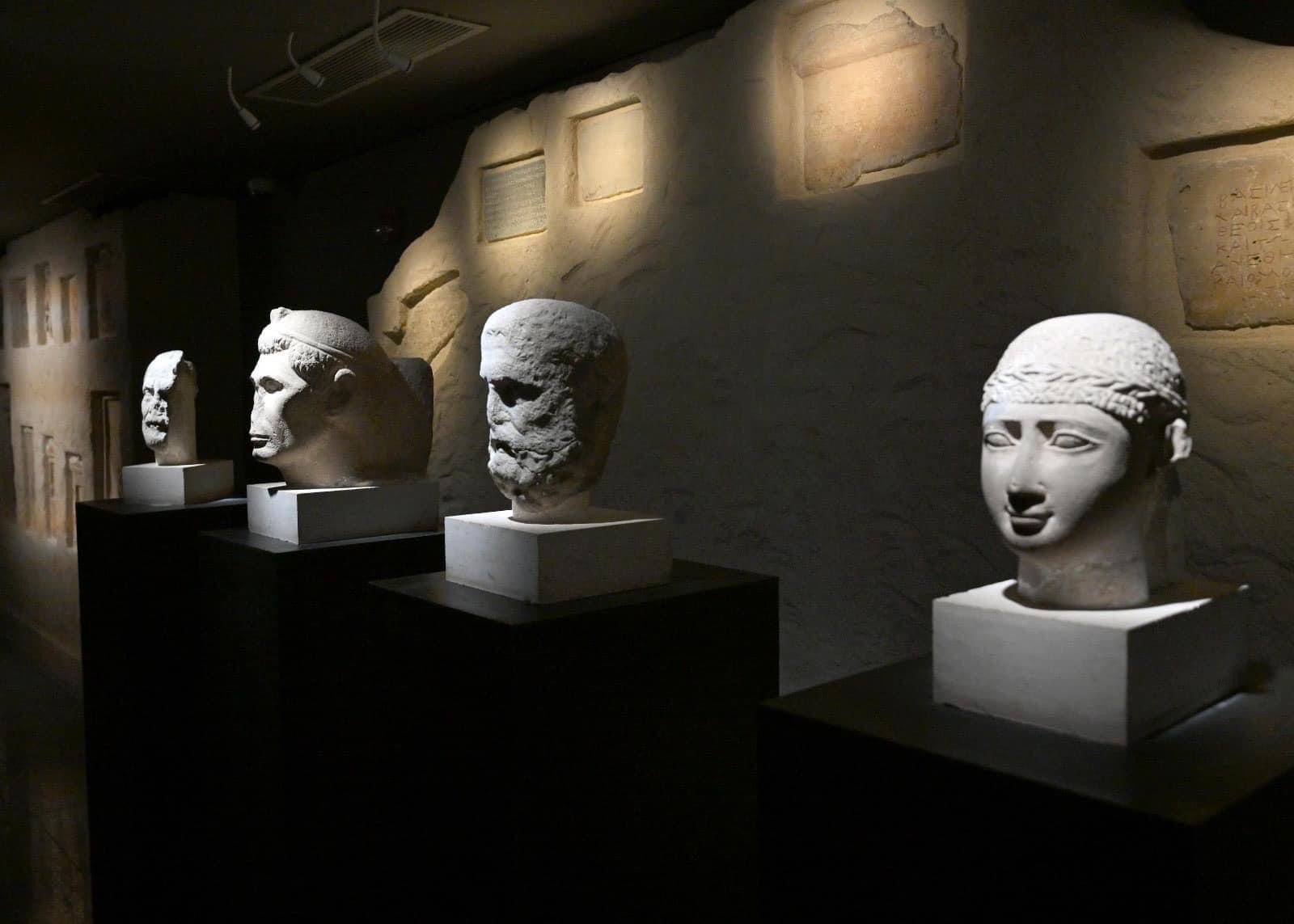
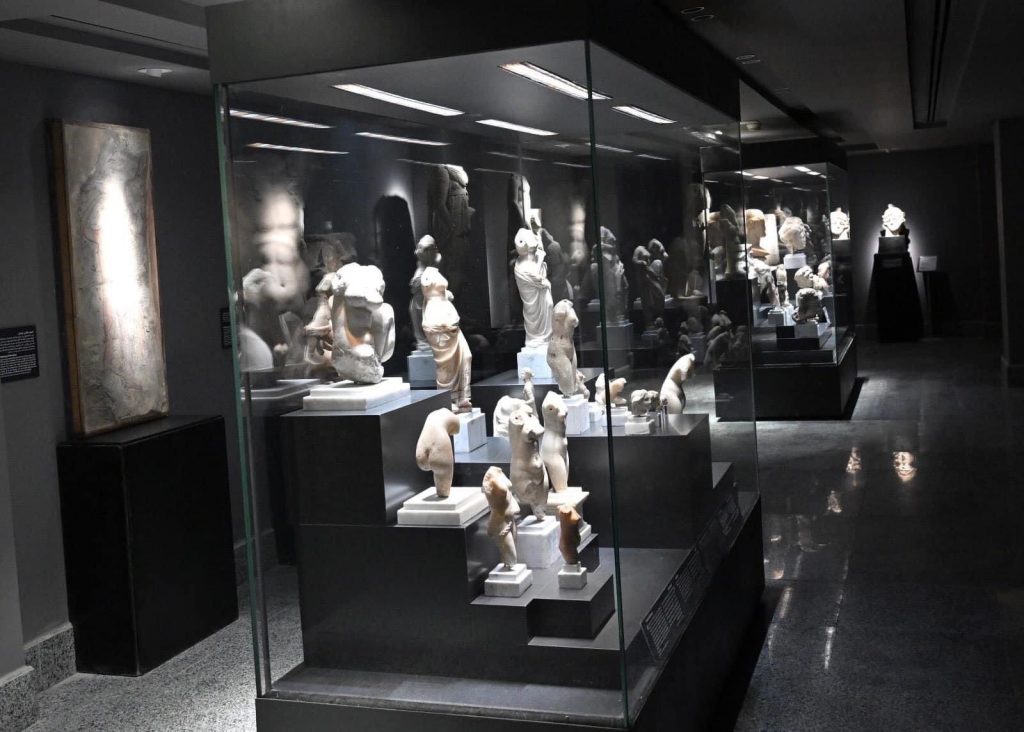





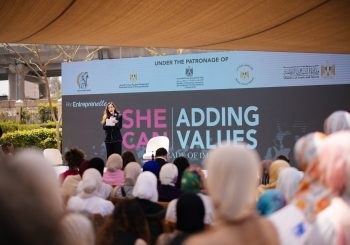
Comments (0)